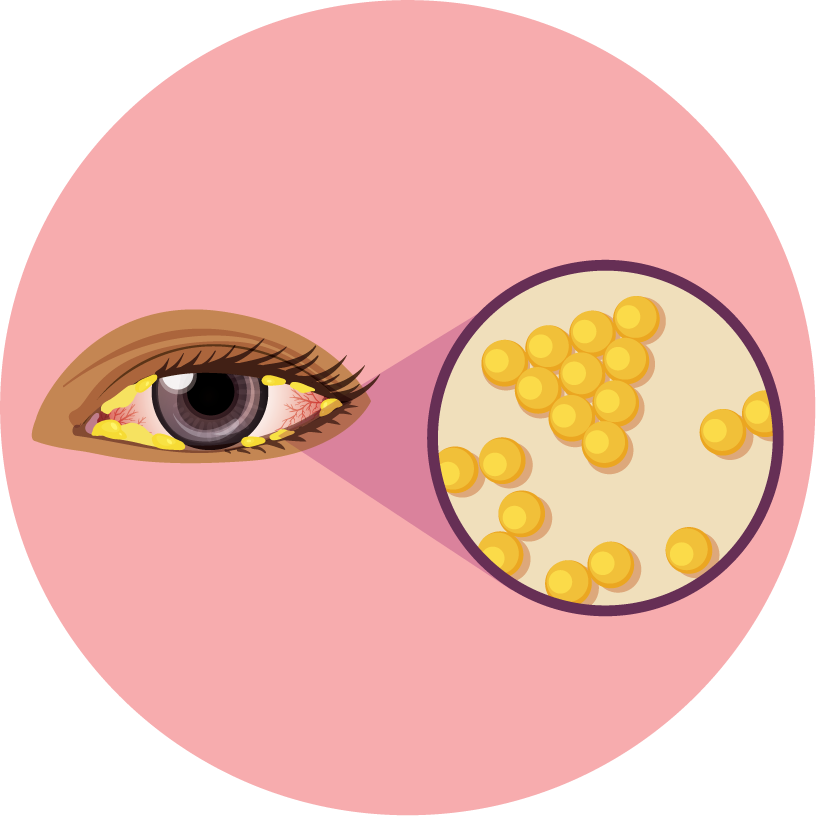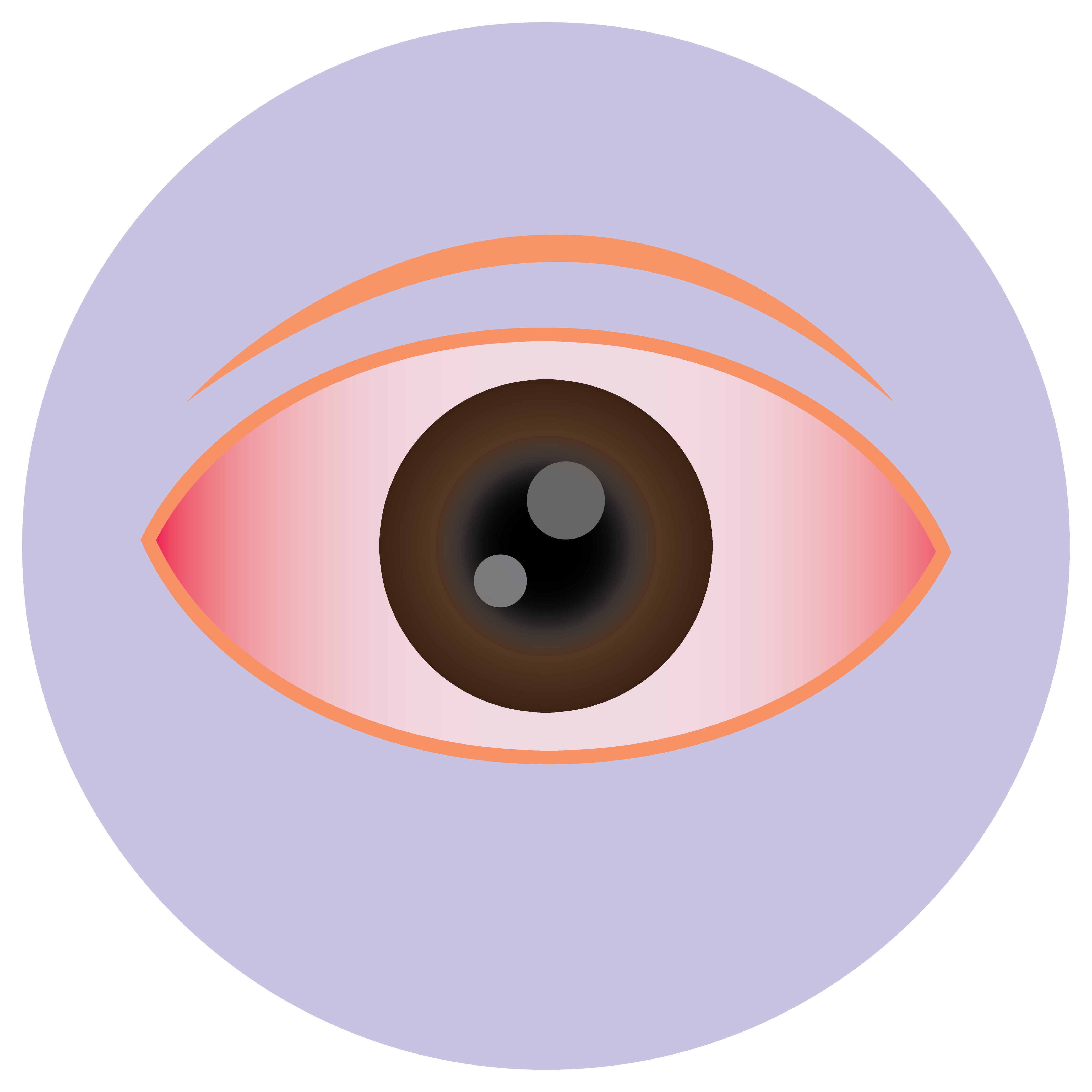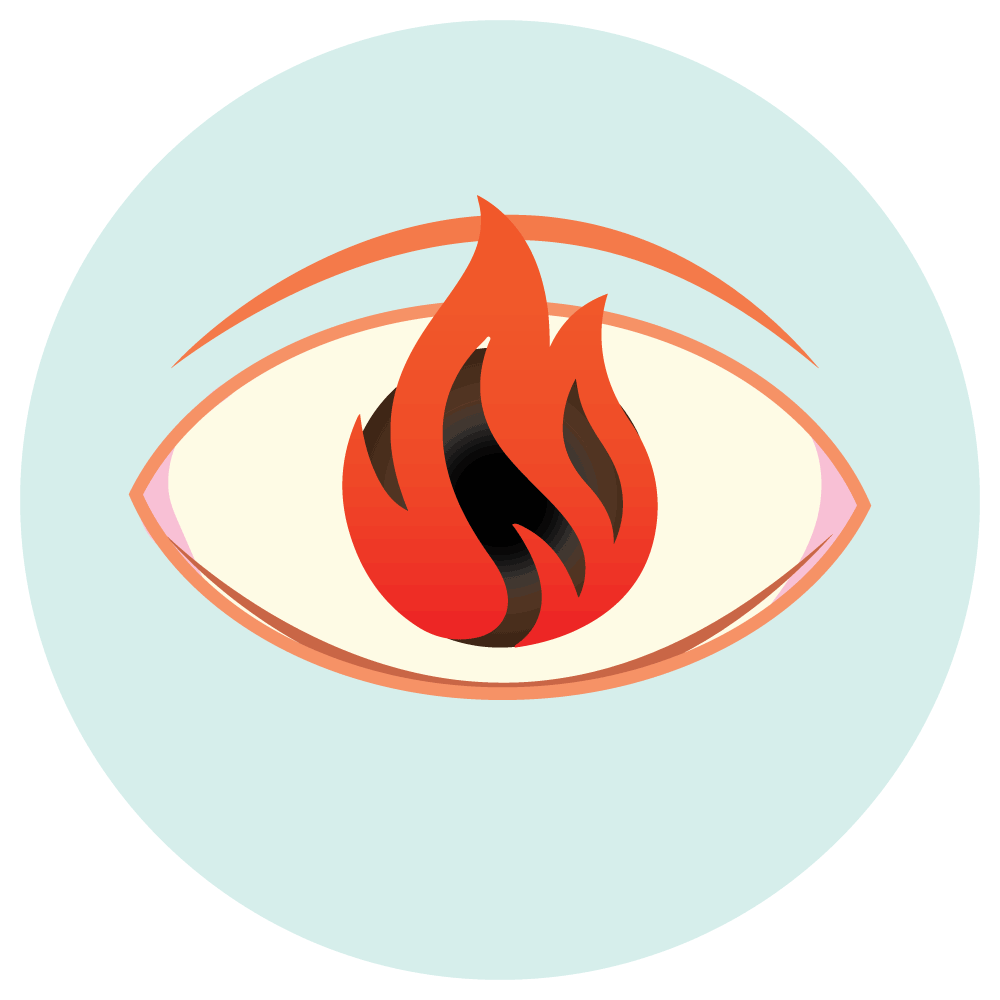| Name | Trifluridine |
| Classes |
Antiinfective Agent Dermatological/Topical Agent Topical Antiinfective Agent Ophthalmic Preparation |
| Diseases |
Herpes Eye Infection Keratoconjunctivitis Ophthalmic Disease |
Trifluridine
Trifluridine is an antiviral medication that belongs to the class of nucleoside analogs. It works by blocking the viral DNA replication process, which inhibits the growth and spread of the virus.
Trifluridine ophthalmic solution is indicated for the treatment of herpetic keratitis (a viral infection of the eye).
The recommended dose for adults and children is one drop of 1% Trifluridine ophthalmic solution in the affected eye(s) every two hours while awake, for up to nine doses daily. The frequency of dosing may be decreased as the infection improves. The duration of treatment depends on the severity of the infection and the response to therapy.
Common adverse reactions include temporary blurred vision, eye irritation, stinging, burning, redness, and itching.
- Trifluridine ophthalmic solution is for topical use only and should not be ingested or administered orally.
- The medication should be used with caution in patients with a history of allergic reactions to nucleoside analogs.
- Prolonged use of trifluridine ophthalmic solution may lead to corneal toxicity, which can cause permanent visual impairment.
- Patients should not wear contact lenses while using trifluridine ophthalmic solution.
- Trifluridine ophthalmic solution should not be used in patients with a herpetic keratitis infection involving the stroma, as it may cause corneal ulceration.
- The safety and effectiveness of trifluridine ophthalmic solution have not been established in pregnant or breastfeeding women, and its use should be avoided unless clearly needed.
Contraindication
Trifluridine ophthalmic solution is contraindicated in patients with a known hypersensitivity to trifluridine or any of the other ingredients in the formulation.
None known.
None known.
 Bangla
Bangla English
English


